Redwood Saw
Haunting portraits of ancient old-growth forests in Northern California and the people who live in the former boom town next door.

Interview by Rosecrans Baldwin
The Morning News: How did Redwood Saw begin? What took you into the forests and homes of Crescent City?
Richard Rothman: It all began with an ending. The questions and the logic of the work I’d previously been doing (socially critical landscape work in and around New York City) came to an end. Nature was calling me, or so I thought. It turned out that human nature was what was calling me. It’s all bound up together.
I was longing to expand on the emotional vocabulary that had begun to feel limited in my previous work. I wanted to embrace a narrative form that could include a sense of wonder, awe, and the tragic all at the same time. The way most of us experience life. Continue reading ↓
All images used with permission, copyright © the artist, all rights reserved.
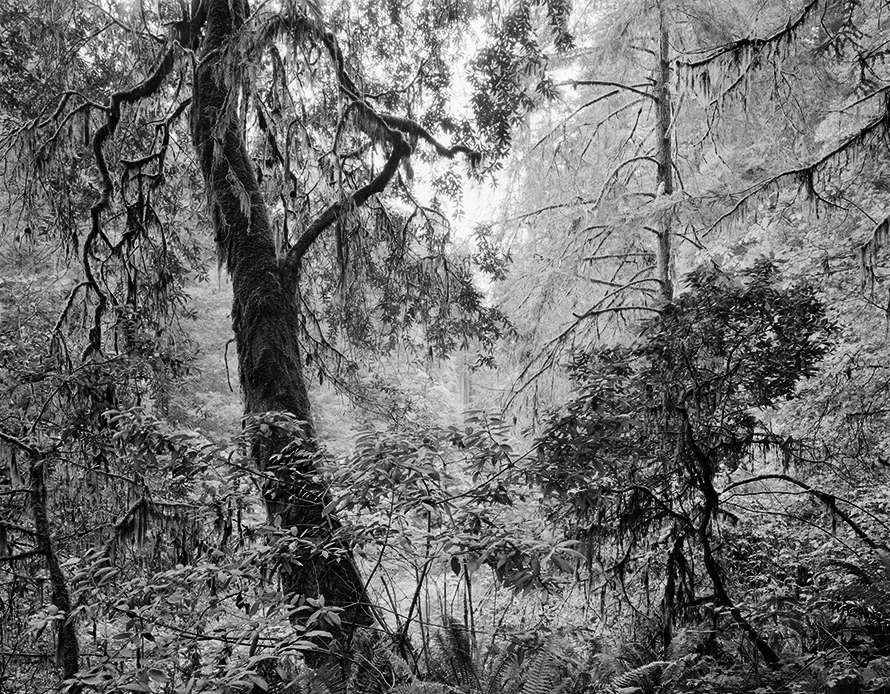
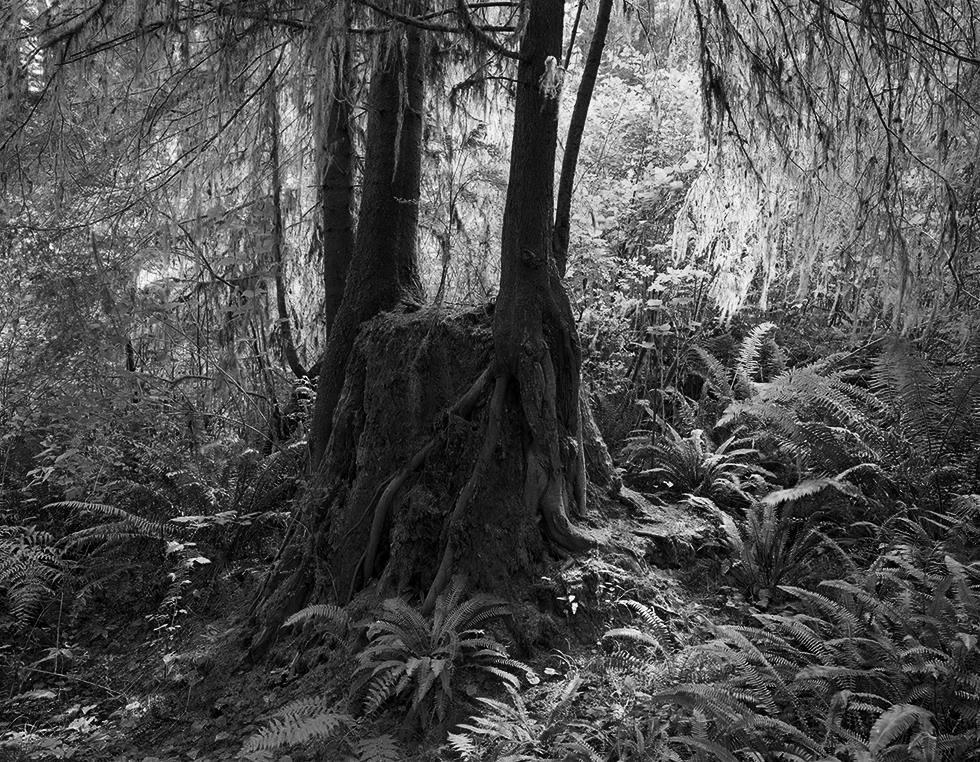
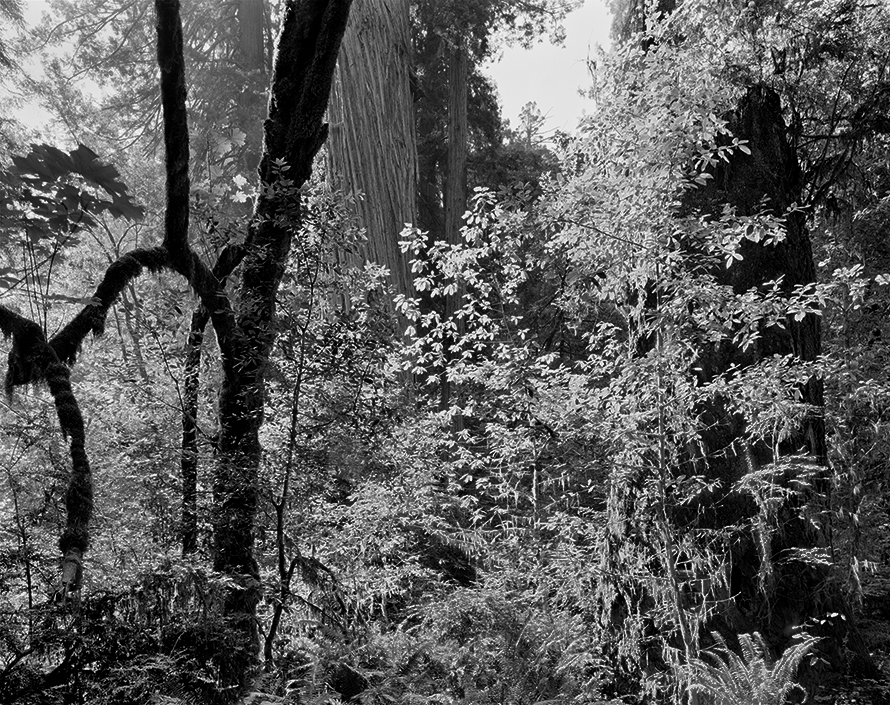
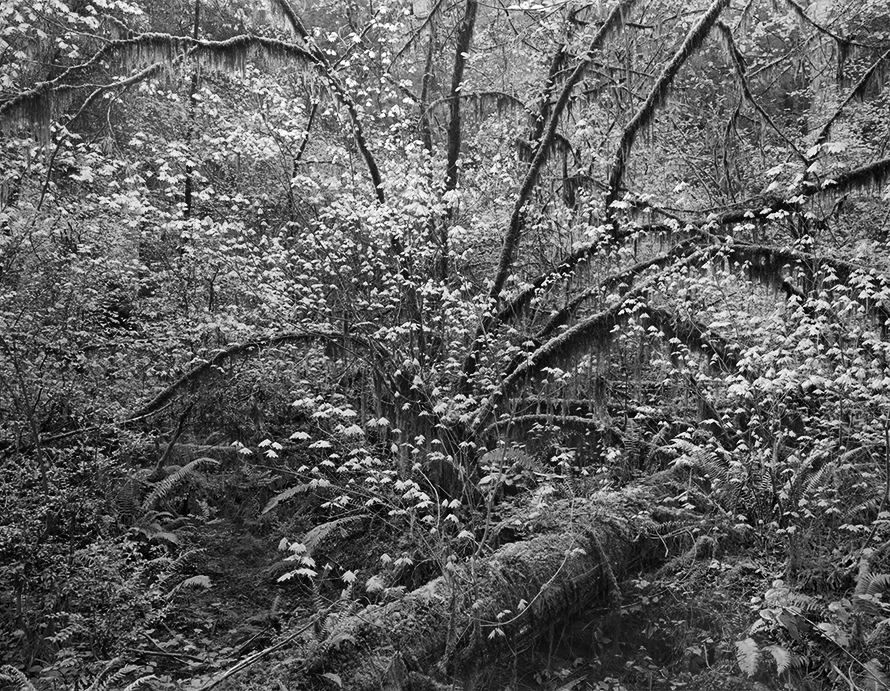
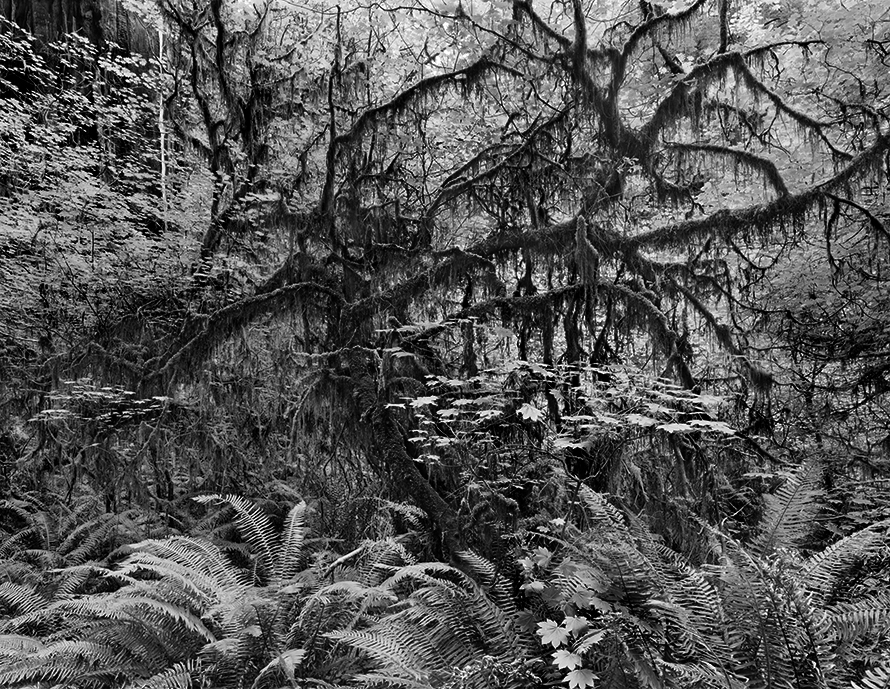
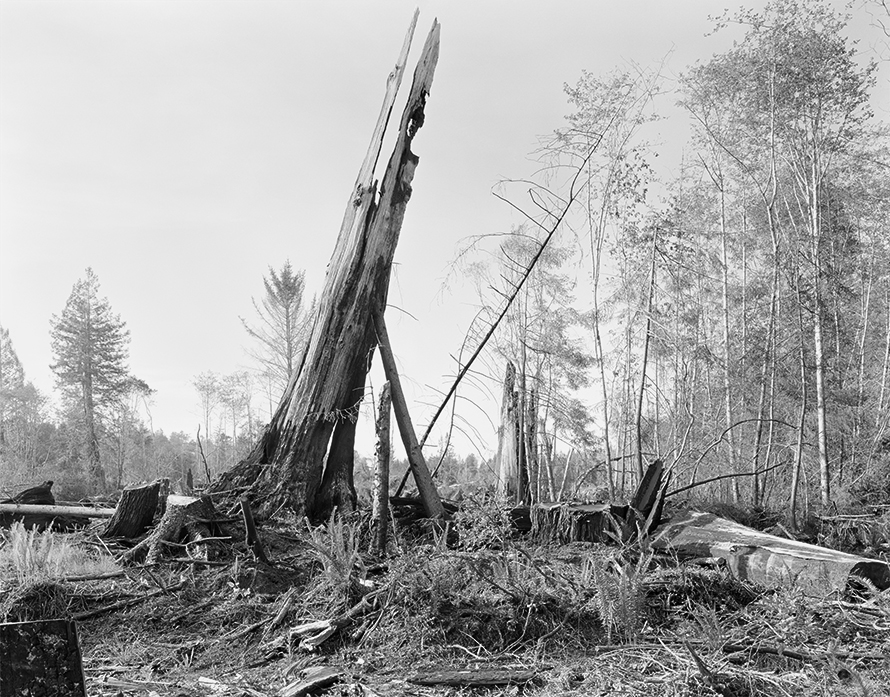
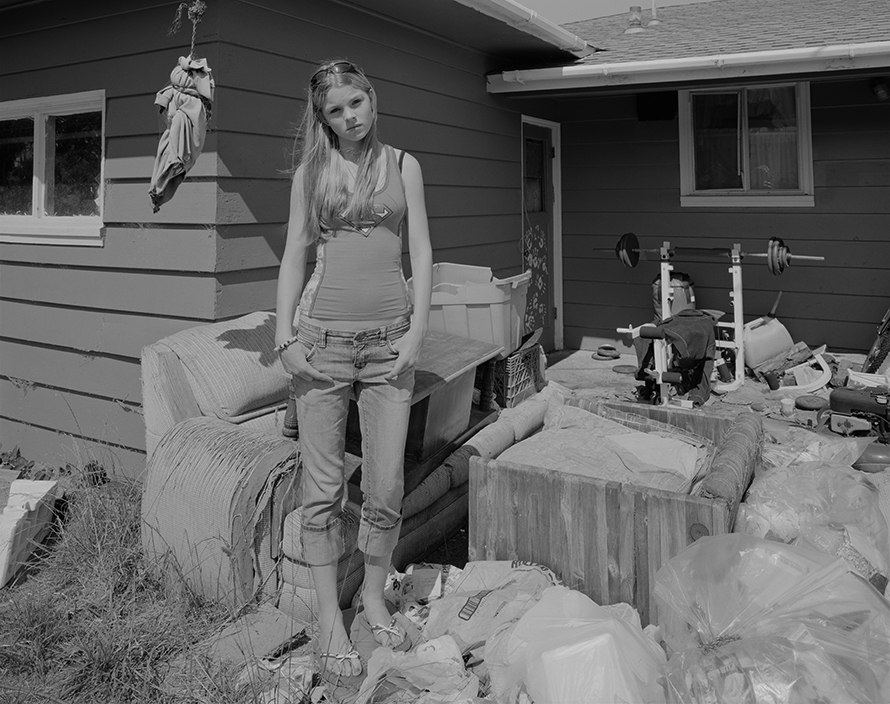
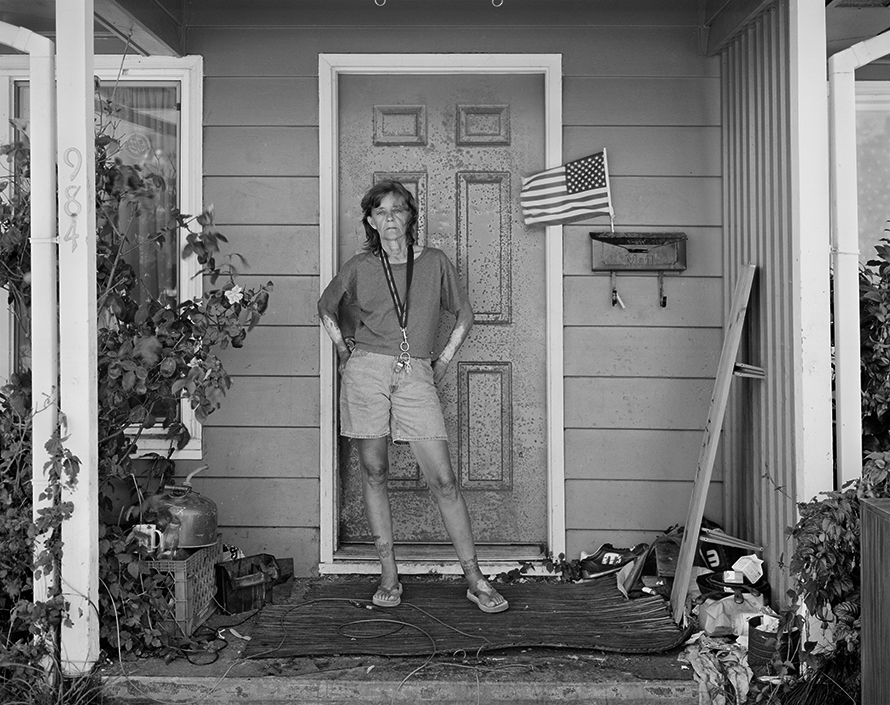
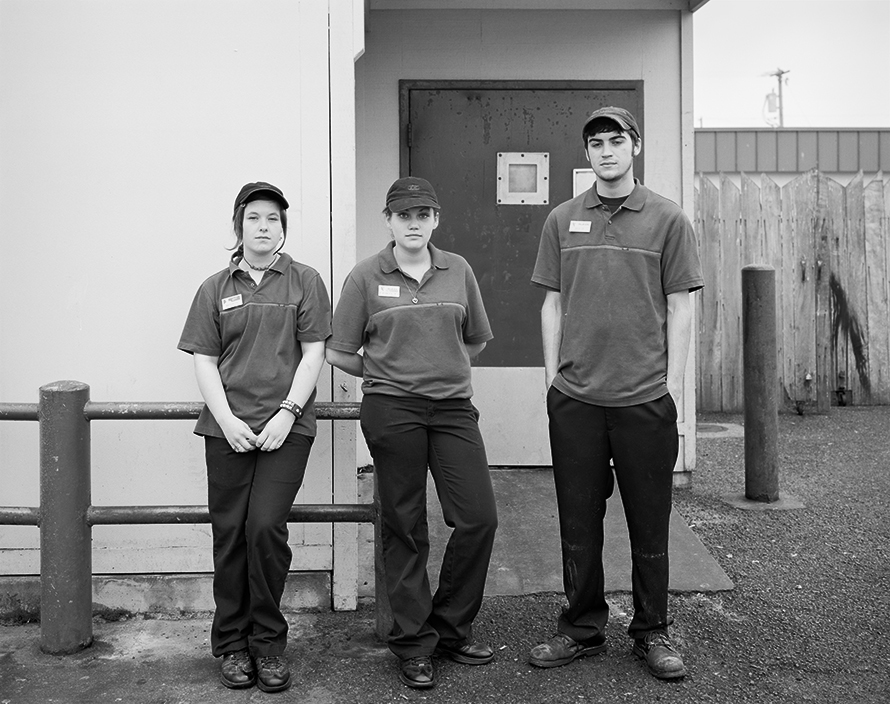
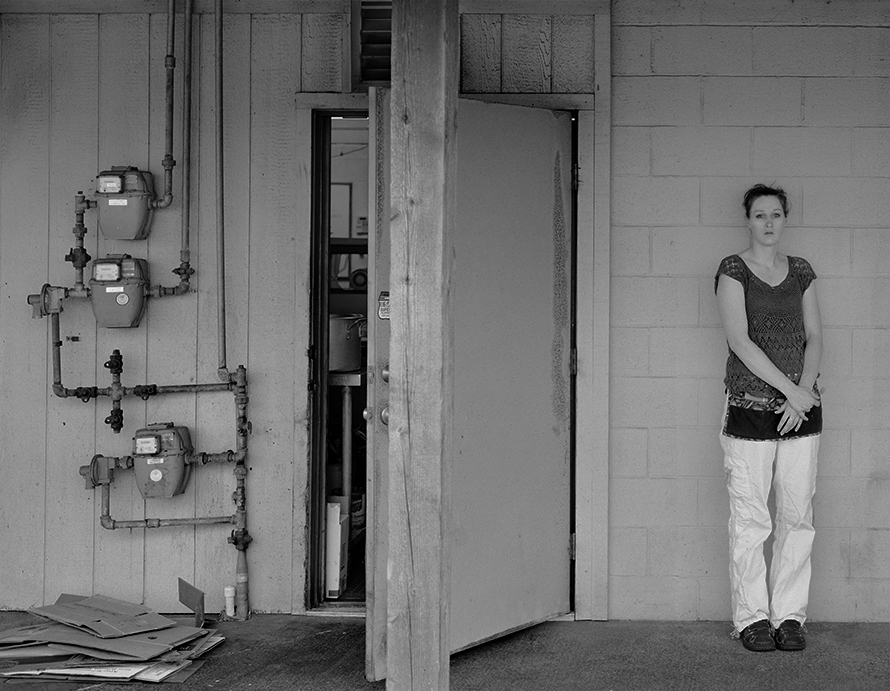
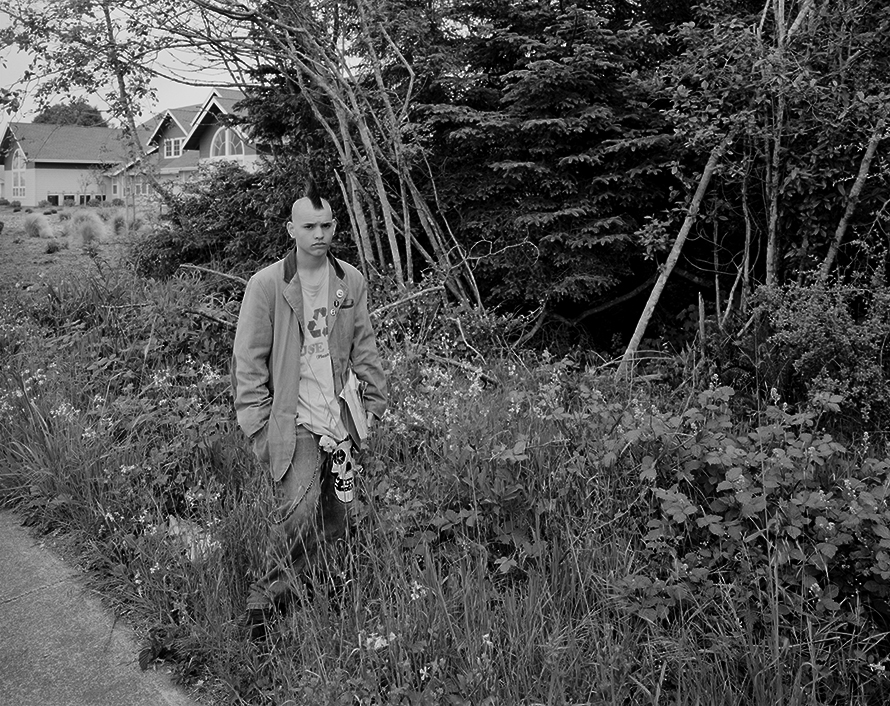
Interview continued
TMN: What distinguishes Crescent City from the rest of America?
RR: The fact that it’s bordered by an old growth redwood forest and a spectacularly beautiful portion of the Pacific coast is certainly a distinction. That, combined with the fact that Pelican Bay State Prison, one of the largest SuperMax facilities in the country, is the number one employer in the town.
Actually, the reason I chose to dig into the project was because I thought what was going on economically and environmentally in Crescent City was a good metaphor for the national, and in fact, the global situation. Extraction industries, unsustainability, the harshness of economic and biological survival.
TMN: What are the hardest parts of trying to tell such a big story (the town, the people, America at the moment, etc.)?
RR: Trying to do it justice. You take on a big project, like a portrait of a town (and as previously stated, all the bigger metaphorical stuff that’s meant to transcend the local story), and you have to find the narrative details and the case studies that make it coherent.
To do justice to your own experience of the world—that’s an incredible challenge, and I love it. It’s not a required exercise, it’s not going to clearly lead to any improvement, it’s certainly not economically prudent, but it’s a compulsion.
TMN: What makes for a terrible nature photograph?
RR: Almost everything that falls into the category of “nature photography” conspires to terribleness. Actually, that was part of what drew me out there—to see if I could beat that. To see if I could make celebratory photographs of nature without them being stale, has-been, or foolish.
TMN: What’s your favorite camera at the moment?
RR: The old horse I rode in on. Arca Swiss. It never matters to me much, provided it’s not bad enough to be a distraction.
TMN: When do you personally feel at home?
RR: When I’m surrounded by people who love me for who I really am. Hence, my radar for unheimlichness.
TMN: Where will you be in 20 years?
RR: Dead. I think the last moments of consciousness might turn out to be a real adventure!
